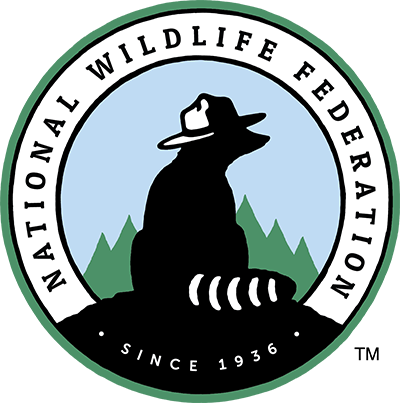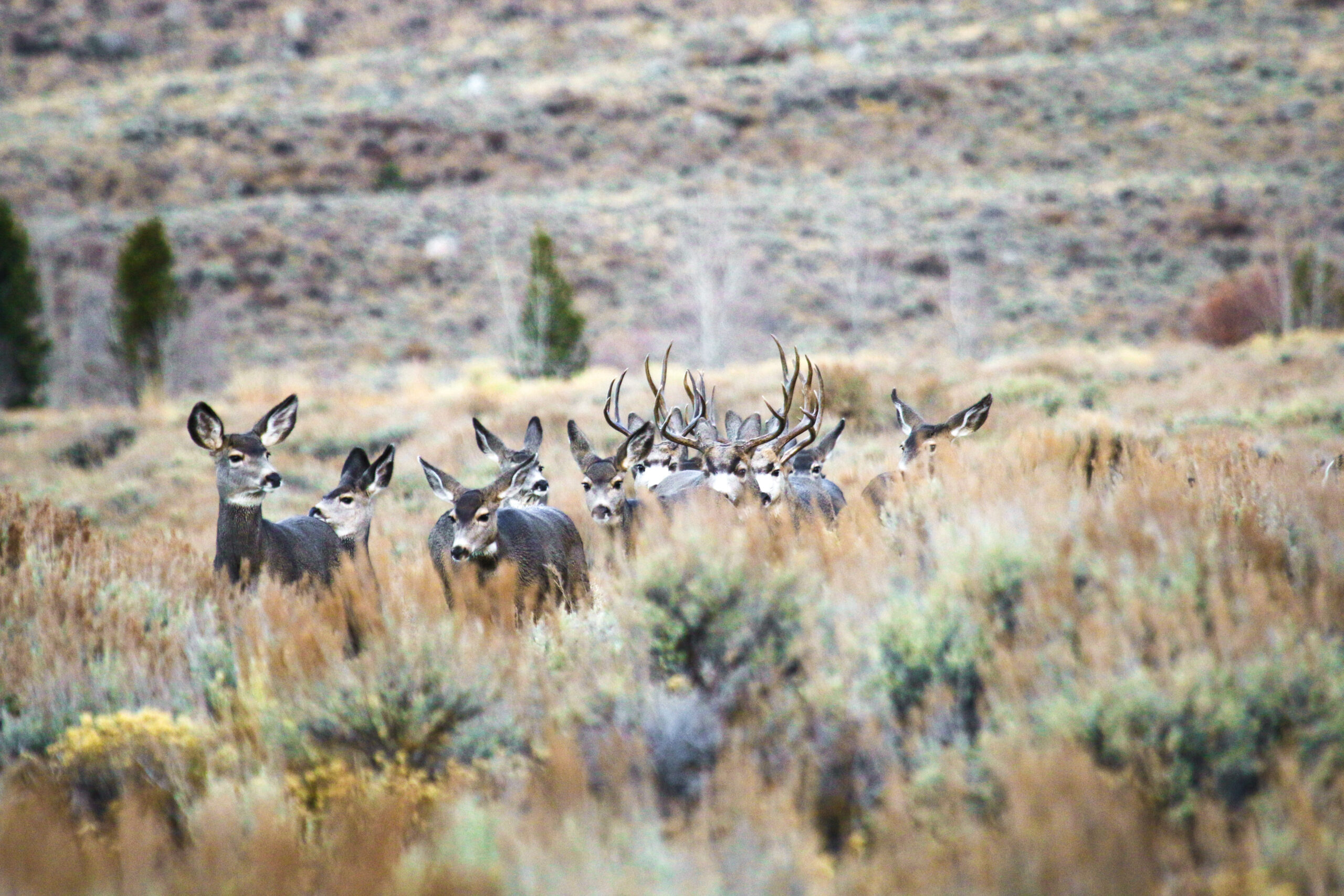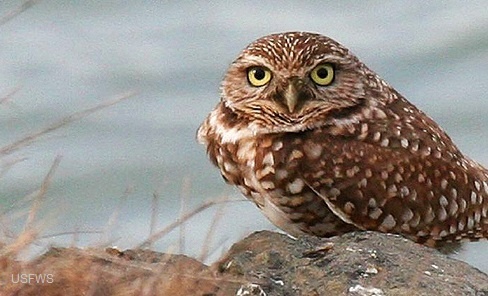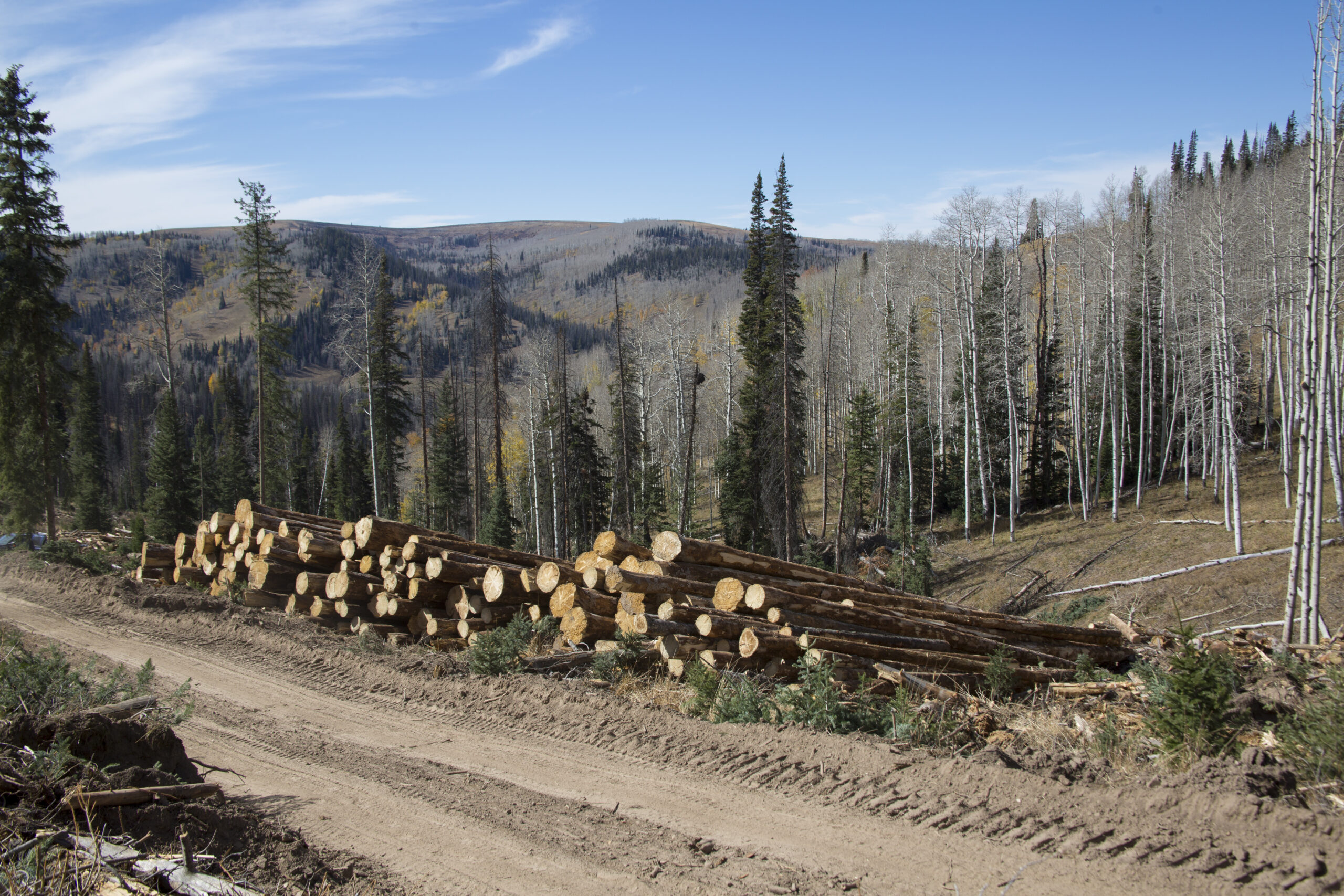Renewable Energy and Public Lands
Guest post by Hayley Connolly-Newman
I was recently a participant in a National Wildlife Federation lobby day fly-in to Washington D.C. Not only was jetlag having effects of what felt like a 4:30 a.m. wake up call, but I had never navigated DC and below zero temperatures were creating a hostile environment outside. How did the Montanan in the group not have a hat and gloves? As I was dreaming of my insulated coveralls, mittens and down jacket back home, I walked into my first meeting to a sea of suits and ties. As Dorothy once said, “Toto, we’re not in Montana anymore.” Okay, well maybe she didn’t say that exactly, but you get the idea. The wonderful thing about working in the field of conservation is that almost everyone involved has a true passion for the outdoors. The intimidating formality of suits quickly melted away to tales of chasing trout, routes through high backcountry passes, and what other extreme temperatures the participants had experienced in the past.
The meeting was taking place to engage supporters from western states to encourage (and in many cases thank) senators and members of congress to support the Public Lands Renewable Energy Development Act S. 279/H.R. 596. I was previously uneducated in the details of the bill, so the fly-in provided a great introduction.
Meeting our Potential
The U.S. Department of Interior estimates that 21 million acres of federal land in the West have the potential to generate wind power and 29 million acres have solar-energy potential. Montana is one state that is set up to play a large role in creating a lot of that wind power.

A pair of wind turbines Flickr photo by Mike Atkins.
In addition, this bill would create a new Renewable Energy Resource Fund. This fund will be used in a variety of ways to strengthen the health of our public lands including protecting fish and wildlife habitat, wildlife corridors, water resources, as well as purchasing new conservation easements to enhance access to public lands for hunters and anglers.
Sens. Tester, Heller, Risch, and Heinrich just recently put in a hearing request to the Committee on Energy and Natural Resources.
Write to your senator or representative. Contact your local rod and gun club and see if they have voiced their support. Members of the Senate Committee on Energy and Natural Resources and sponsors of the companion house bill (H. 596) need to know that their constituents will not let this fall through the cracks and that PLREDA must remain at the top of their “to-do” list.
About the Author
 Hayley was recently hired by National Wildlife Federation to help organize smart development of renewable energy on public lands in Montana. She received her M.S. from University of Montana focusing on road ecology and wildlife habitat corridors. In her spare time she can usually be found outside, whether it be exploring the mountains on horseback or perfecting her cast on one of Montana’s many scenic rivers.
Hayley was recently hired by National Wildlife Federation to help organize smart development of renewable energy on public lands in Montana. She received her M.S. from University of Montana focusing on road ecology and wildlife habitat corridors. In her spare time she can usually be found outside, whether it be exploring the mountains on horseback or perfecting her cast on one of Montana’s many scenic rivers.





